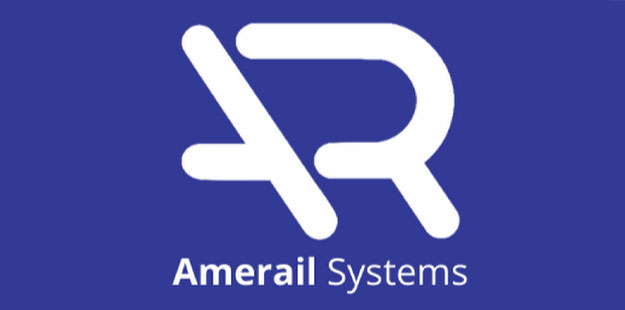What is EIFS & what is water infiltration damage?
EIFS or (exterior insulation and finish system) is a synthetic material that can look like stucco and is meant to insulate & protect your hotel or building from moisture. EIFS is a common building material, popular for its energy efficiency and success in reducing energy costs.
Although the systems are beneficial, sometimes that system can be compromised leading to moisture being able to get in and leading to EIFS failure/water infiltration damage.
In the post below we will examine common ways that water infiltrates the EIFS systems and how you can prevent it, catch it and/or solve it.
Why is water damage to your hotel’s EIFS a concern?
Aside from aesthetic concerns, water damage can lead to rotting in the materials behind the EIFS creating more complex damage to your hotel.
Common ways water damage to EIFS can occur and how to prevent it
EIFS durability can, in some instances, depend solely on the EIFS installer. Things like water damage to EIFS typically occur due to poor installation but there are other variables such as impact damage, building movement or damp climate that can lead to EIFS failure.
EIFS water infiltration and damage are most likely to occur at termination points and joints so it’s vital that those areas are handled properly.
Below are some common ways EIFS water damage can occur if installation is done improperly.
Too Close to the Ground: If your EIFS was installed directly to or too close to the ground, landscaping or other surfaces such as concrete, pavers, etc. instead of the typical minimum of 4” from the ground this can cause moisture to invade and damage the EIFS.
Incorrect Thickness of Base Coats: If a base coat is too thin it will not efficiently prevent water from entering the EIFS. Opposite this, if a base coat is too thick it can lead to cracking in the EIFS. To prevent these instances from happening, make sure to meet the manufacturer’s guidelines.
Backwrapping: Backwrapping is the process of continuing a mesh-reinforced base coat around the back of the insulation board. This process is essential when it comes to continuous waterproofing along edges, at penetrations and on terminations.
Sealant Joints: Water can infiltrate the EIFS and can even lead it to fail if sealants are incorrect, missing or applied wrong. A common sealant issue seen leading to EIFS failure is application of the sealant to the finish coat instead of the mesh-reinforced base coat. The life expectancy of some sealants is only 5 to 10 years. After this timeframe it should be inspected and possibly replaced.
Roof & Window Flashing: There should be effective flashing along the roofline of your hotel and window openings that directs water away from headers & sills and drip-edge flashings at roof & wall intersections to lead rainwater away from the face of the wall. Without proper window flashing, water can infiltrate the EIFS. Look out for cracks or soft wood near your windows and doors.
Signs of visual damage to your hotels’ EIFS:
When looking for signs of EIFS problems, look out for:
- Bulges in the EIFS
- Cracks on or around window and door caulking joints
- Soft wood near windows/doors
- Discolored or soft areas
What to do when you find water damage to your hotel EIFS:
When you see signs of EIFS problems or suspect that there may be water damage, it is best to contact EIFS repair contractors such as Amerail Systems who are experienced in repairing water damage to EIFS as efficiently as possible.
Climate & EIFS:
Problems with EIFS can commonly occur in more humid/warm climates because the rate of wetting can exceed the rate of drying. So if there has been poor installation that allows for water infiltration, the hotel’s EIFS in a warmer climate is more susceptible to damage because the humidity will prevent the walls from drying out.
Contrarily, Hotel’s located in colder climates are also at risk of EIFS failure if the coatings were applied below the manufacturers range of temperature.






